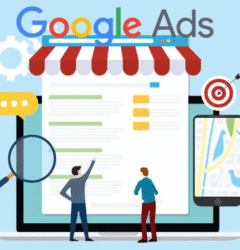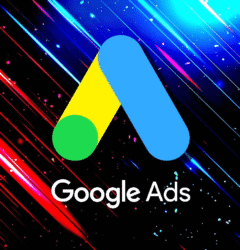In today’s fast digital world, if you’re running a business, getting online isn’t optional it’s something you need to do. Big or small, your customers are already online. They’re searching for things, comparing stuff, and talking to businesses in ways they never used to. That’s why web marketing is a real tool to get seen, get bigger, and keep people satisfied. Still, web marketing is just more than having a website or putting up some ads. It’s more about sending the right message to the right folks when they want it and using the methods that are right for your business. Good marketing means bringing together creative ideas, knowing your facts, tech smarts, and knowing what people want. From getting your site seen on search engines, to making content, messing with social media, running ads, sending emails, and updating your site or app—each part goes into a great web plan. For agencies and freelancers, being good at this isn’t about having one secret. It’s about crafting a specific plan for each client based on what they want and what their business needs to succeed.
Understanding the client’s business and goals
First off, you gotta get to know your client’s business. It’s not just about what they sell. You need to know who their customers are, what makes them different, and what they’re shooting for, both now and later. Have a real talk about what they’re doing online now, who they’re up against, and what they want to achieve. Only then can you come up with a plan that actually works for them.
blish specific objectives. Businesses launch campaigns without having clear objectives when they lack budgeting processes. When you establish a budget, you must determine your priorities between brand awareness, lead generation, and online sales growth before distributing your resources. Lead generation targets require businesses to direct their budget toward Google Ads, lead magnets, and conversion-optimized landing pages instead of social media post promotion. A clear connection between goals and spending allows your marketing efforts to be intentional and measurable, thus preventing resources from being wasted on ineffective tactics that fail to drive business expansion.
Evaluating the current online presence
First, examine what the client is doing online right now. Check out their website – is it easy to use? Does it load fast? Does it work well on phones? Then, see what they’re up to on social media. Are they posting good stuff regularly? Also, check where they show up in search results. Are they doing good SEO? Does their branding look the same everywhere? Doing this first gives you a good idea of what’s going well and what could be better.
Optimizing or building the website
Okay, so you’ve got your business plan, you know what you want, and you’ve checked out where you are now. Next up: making a solid digital marketing plan.
This plan should spell out exactly what you want to achieve with your marketing, who you’re trying to get to, how interested they might be, and when you’re going to do each thing.
Also, your plan should say which platforms you’ll use and the type of stuff you’ll create and share. Make sure it’s doable, based on facts, and makes sense for your situation. The main thing to aim for is your business’s overall goal for the digital marketing thing. That could be more folks visiting your website, boosting product sales, getting leads, or just getting more folks to know about your brand.
Focusing on search engine optimization (SEO)
SEO is still the foundation of any digital long term success. By planning an effective SEO campaign, a site will achieve a higher ranking on Google, steadily send traffic over time, and decrease reliance on paid advertising. This process consists of researching keywords relating to the business and naturally including them in web pages, blog posts, or product descriptions. SEO also consists of building the technical aspect, meaning you may need to fix broken links, optimize for speed, and ensure your site is secure. Your organic traffic will gradually increase making up users that are actual users searching for the products or services you are seeking and genuinely interested in.
Running paid advertising campaigns
SEO might take a minute to kick in, but paid ads get you instant views. Sites like Google, Facebook, and Instagram let you run ad campaigns – so people see your business in days. But, heads up, plan these things out! Know your peeps, and write ads that speak to their wants and needs. Also, make sure your ads link to a landing page built to turn clicks into customers. Once your ads are live, keep an eye on how they’re doing and tweak them to boost results without blowing your budget.
Managing social media effectively
Social media is a store, a help desk, and a way to build a brand, all mixed together. When we handle a client’s social media, we’re not just posting stuff. We try to make content that people will actually want to interact with, show off the brand’s vibe, and give people helpful stuff. We also answer comments and messages, do contests, and watch how people react to see what kind of posts they like best. Each social media site also has its style and rules, so we adjust what we post to fit each place.
Creating content that converts
Content is important for online marketing. Blogs, videos, product info – it all needs to be useful and grab your audience’s attention. Good marketers know how to make content that pulls people in and gets them to do something. Tell your brand’s story, show how others have done well with your product, or explain how it solves a problem. Tone, style, and amount all matter because your content helps people see your brand the way you want them to.
Conclusion
Doing digital marketing means you’re handling a lot! It’s not just about making a Facebook ad or writing a blog post. You are mixing creativity, data smarts, planning, and always learning new stuff. It is about getting to know a brand’s mission, understanding their digital landscape and gaps, and making recommendations to execute upon that deliver measurable outcomes.








